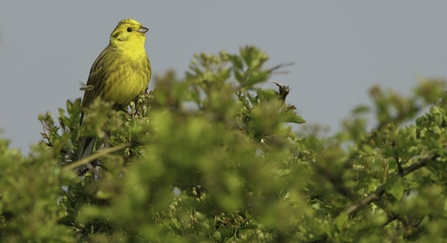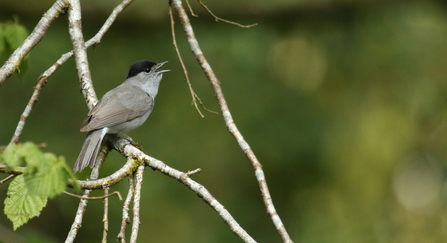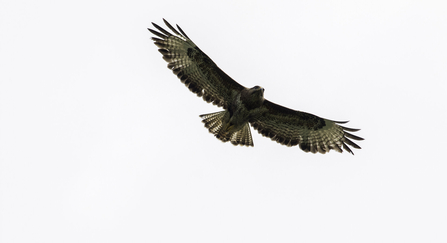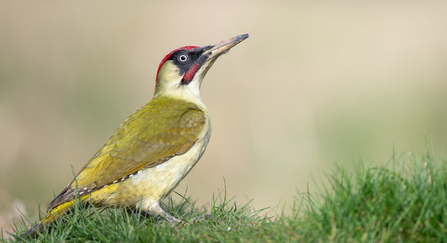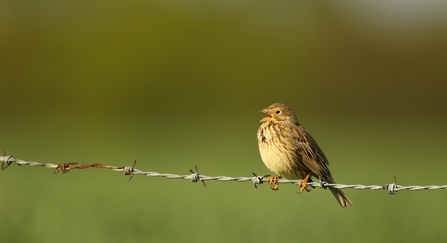Xander King tells us about the birds to look out for at Coombe Bissett Down.
If you’re lucky enough to venture onto Coombe Bissett Down nature reserve in spring and summer then an enormous amount of biodiversity and natural beauty awaits you. The chalk downlands are home to a host of different species including rare plants including burnt orchid, and specialist butterflies such as the Adonis blue. We know from Granville Pictor’s bird surveys that many different bird species feed and breed at Coombe Bissett Down. Here are some of the birds you should keep an eye out for.
The quintessential bird of Coombe Bissett Down is the yellowhammer, with 12 breeding territories recorded in 2019. The male yellowhammer has a bright yellow head with a brown streaked black and a few white tail feathers. The female is similar but with more brown but still the distinct yellow head and breast. They nest on or near the ground and feed on the ground too so keep an eye out amongst the old anthills on the slopes of the reserve.


